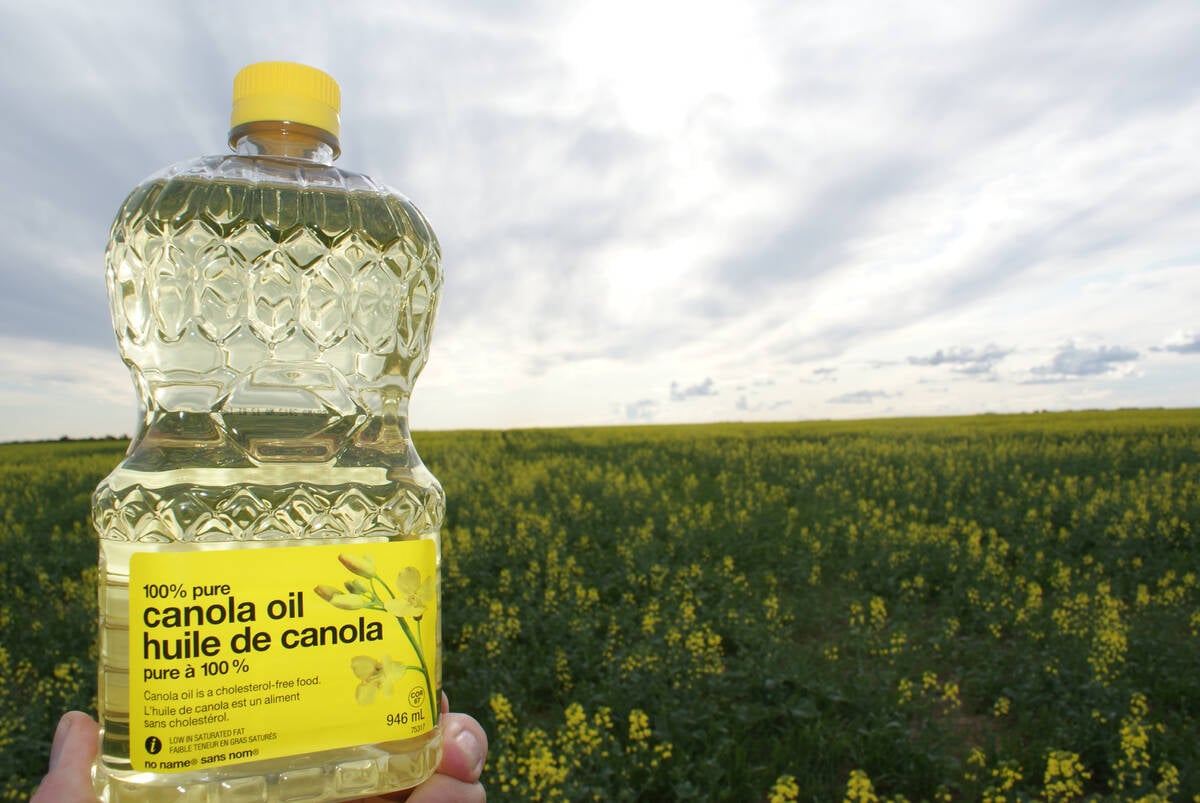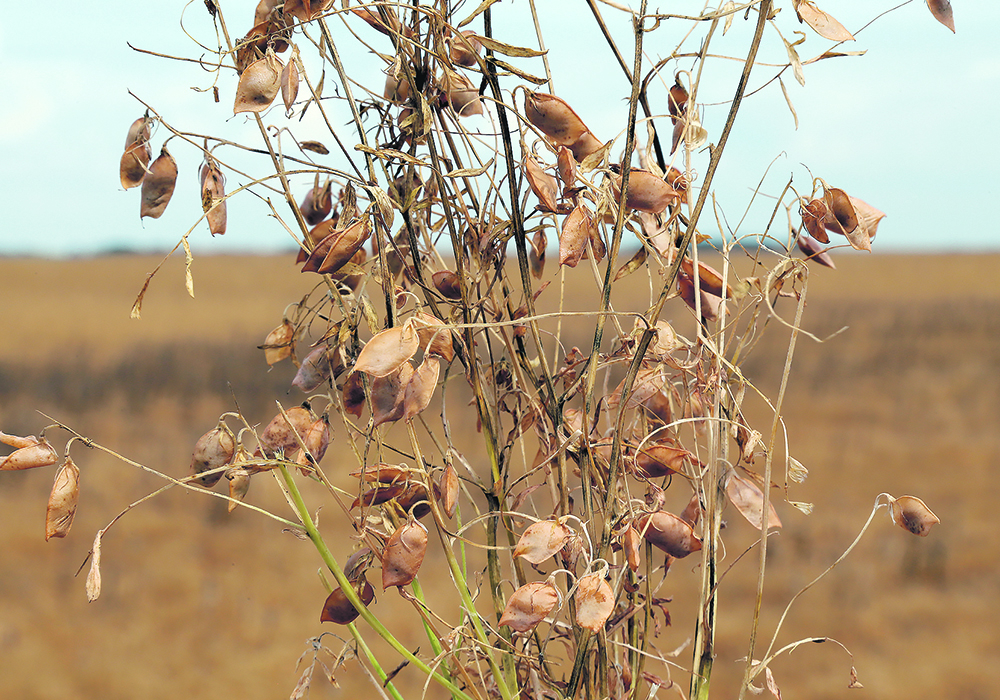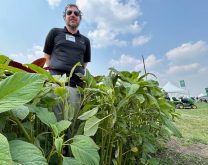Limagrain and Saskatchewan Pulse Growers say their new red lentil varieties will offer ‘significant yield improvement’
LANGHAM, Sask. — Saskatchewan Pulse Growers’ new breeding partner is poised to release its first varieties.
Limagrain has small red lentil varieties ready for commercialization, Benzon Lorenzana, the company’s head of cereals and pulse research for North America, said during the Ag in Motion show.
They will offer “significant yield improvement” for Canada’s lentil growers, he said.
Read Also

Rising vegetable oil demand may offset bad biofuel news
Global biodiesel/renewable diesel production is expected to decline for the first time in a decade. Bad timing for a canola industry looking for new markets.
Brent Derkatch, president of Canterra Seeds, said the yield bump is considerable.
“We’re talking about in the nature of 20 per cent higher yields on some of these varieties,” he said.
He noted that “for whatever reason” a lot of Saskatchewan’s pea and lentil acres are planted with old genetics. He encouraged those growers to consider adopting the new varieties.
Canterra has been doing seed production on some of Limagrain’s new varieties for a couple of years and may have a limited release of certified seed in the fall for 2025 planting.
A larger portion of the commercial release will happen in the fall of 2025 in time for 2026 planting.
“They are coming,” Derkatch told farmers attending SPG’s breeding presentation.
Lorenzana said Limagrain is busy identifying good sources of root rot resistance from its germplasm in Canada and Europe.
“We’re working really, really hard to stack all those partial resistances and package them in a high-yielding variety,” he said.
The French breeding firm hopes to be registering varieties with “significantly improved resistance” in about five years.
Limagrain is also developing a new herbicide tolerant platform for lentils. It has identified an undisclosed mode of action that will be the foundation of the new system and is currently conducting an evaluation process.
SPG director Brad Blackwell said many farmers are worried about the new breeding arrangement, but two years into the partnership, he is pleased with the results.
“We should have done this sooner,” he said.
There are no “rock star” varieties just yet, but he thinks growers will come around when the aphanomyces-resistant varieties hit the market in five years.
Blackwell said there has been a lot of handwringing about variety use agreements (VUAs).
He likes them because they are straightforward and transparent contracts.
“You know what you’re getting into. You know what your costs are,” he said.
Derkatch said there are 14 or 15 varieties in Canada that are under the VUA royalty collection model, including two wheat varieties and one pinto bean variety sold by Canterra.
A VUA is a contract that enables companies to collect royalties on farm-saved seed. The contract stipulates a maximum royalty that can be charged, but the breeder and distributor can agree to decrease that royalty over time.
Canterra collected a $2.50 per acre royalty on its CWRS wheat variety and a $2.25 per acre royalty on its CPS variety for the first year.
Those royalties were both reduced to $2 per acre in the second year and beyond.
Derkatch said the company charges enough that it may cause a farmer to take a closer look at new certified seed that might offer a couple percentage point yield bump or better disease resistance.
The money flows back to the breeder, rewarding those who make sought-after varieties.
Seeds Canada is working on a system for policing VUAs.
“The industry is at a point where we can implement random spot audits,” said Derkatch.
“The vast majority of farmers are incredibly honest. We just want to make sure that we deal with whatever few bad apples might be out there.”
One grower asked how seed companies would treat a situation where a neighbour needs to buy a couple of tonnes of seed.
Derkatch said all varieties are protected by plant breeders’ rights, which prohibits such activity regardless of VUAs.
Another farmer wondered how SPG and Limagrain ensure that a trait developed with funds provided by Saskatchewan farmers doesn’t make its way to growers in competing countries.
Lorenzana said pulses must be bred for specific geographies. For instance, a crop that offers root rot resistance in Western Canada won’t perform the same in the European Union.
Blackwell said farmers shouldn’t fret about other countries eventually getting a trait that was commercialized in Canada five years ago because that lead time provides a huge competitive advantage.
Blackwell also noted that Limagrain isn’t going to be SPG’s only breeding partner.
“There’s four or five more wanting in,” he said.
“We’ll take anybody who wants to show up.”
















